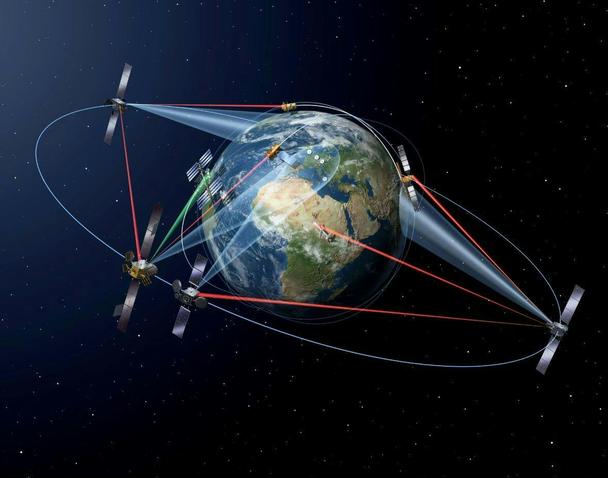EDRS supported Copernicus services as forest fires disrupted ground network

Prioritisation of data relay links via the SpaceDataHighway ensured data acquisition continued robustly.
Forest fires on August 8th in the Northwest Territories in Canada interrupted the communication network link between the Inuvik X-band ground station of Copernicus and the European mainland infrastructure where the Copernicus data is processed, affecting in particular the acquisition of Sentinel-2 mission data. A swift reconfiguration of the Copernicus network of X-band stations to introduce the Matera (Italy) and Maspalomas (Spain) ground stations has partially mitigated the issue.
Copernicus' Sentinel data acquisition capabilities were restored thanks to ESA and Airbus swiftly coordinating to prioritise execution of Copernicus sessions via the EDRS, Europe's space-based data relay system which has been serving Copernicus since 2016 via laser inter-satellite links. EDRS, having to date a service availability of more than 99.5%, allows for Sentinel data downlinks also at high latitudes, thereby further mitigating the unavailability of the Inuvik ground station and allowing data to be acquired directly from space into European continental territory.
The communication with the Inuvik site was restored more than a month later, with the acquisition of Sentinel-2 data restarting on 19th September: in the course of this Inuvik ground contingency, Airbus has fully supported ESA on the mitigation actions, exploiting the potential of the EDRS system to prioritise the robustness of the Copernicus data acquisition services in the new acquisition configuration. Earlier last year, on January 7 2022, one of the two lines of the Svalbard undersea cable connecting the ground stations on Spitzbergen with the European mainland was disrupted. While the connection to Svalbard was still available through the second line, both this event and the disruption of the connection to Inuvik illustrate a vulnerability of ground station infrastructure located in remote polar regions.